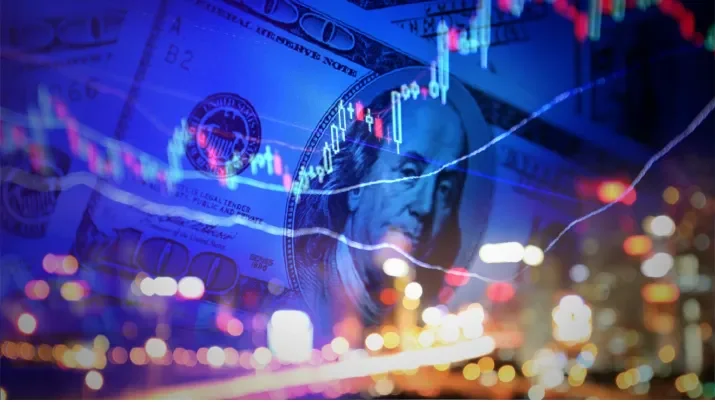China Demands More Attention in 2018
Paying attention to China will be even more important to investors than usual in 2018. China is now at the centre of two of the more material risks facing markets at present, namely a simmering trade war and a potentially tiring global credit cycle. So while it may not pay to look at China in the short term, due to the opacity of its economic data and political agenda, it is still worth monitoring the indicators that give us a picture of emerging trends.
For those expecting an epiphany on economic activity unfortunately you should stop reading now. The latest growth numbers from China were an unsurprising 6.8% year-on-year in Q1 2018, which matches the rate in Q4 and Q3, as well as the market consensus. China’s authorities have a growth target for 2018 of 6.5%, similar to that of 2017.
It really is difficult to interpret true growth from the official data, but with some triangulation and an acceptance that accuracy is a relative term, it is useful to keep an eye on important shifts. For example, currently we are aware that there are some indicators suggesting Chinese growth could be rather slower than the headline number suggests. Australia’s trade figures show exports of iron ore and coal falling, reflecting concerns for Chinese demand. Coal exports are more difficult to interpret because of temporary domestic disruptions, but the spot price for iron ore and coal has also fallen. Similarly, industrial production is falling in Germany – China’s chief supplier of machine tools and engineering equipment – in part due to waning Chinese demand. We already know the Chinese government has a stated policy of shifting the economy towards more consumption and less pollution, while implementing measures to reduce private sector debt levels. House prices are broadly stable but have fallen in the largest cities. Overall there are significant headwinds to sustaining previous levels of economic growth which need to be borne in mind. Moreover as time goes on the glut of cheap manufacturing labour will become more expensive.
Another important Chinese objective is to put the financial system on a more stable and sustainable footing. This should provide a backdrop for growth but the process of adjustment will not be so friendly. Macroprudential measures are easing pressure on the conventional banking system, but putting a significant squeeze on the shadow banking sector. The People’s Bank of China (PBoC) continues to implement mini hikes in the discount rate around moves from the US Federal Reserve, while offsetting these by easing the Reserve Requirement Ratio (RRR). The RRR was cut by 1% in late April, primarily to help the adjustment path. Opening up Chinese banks to foreign ownership should only increase the importance of the policies aimed at reducing the shadow banking system. The net effect of the measures is that financial conditions are now tightening.
Turning to politics, the Communist Party’s coronation of President Xi Jinping as ‘Paramount Leader’ and ‘Chairman of Everything’ at its conclave in November cannot be underestimated. Xi has amassed more power than any leader since Mao. Back in November 2012 he said, ‘The Chinese Dream is to realise the great rejuvenation of the Chinese nation’, and we can assume that ambition remains. We have to ask ourselves if this means business as usual, and the honest answer is probably yes and no. What we can say is that it is likely that the phase of high speed economic growth at all costs is over, with alleviating poverty, reducing financial risk, protecting the environment, and an even stronger foreign policy slowly emerging. Everything, including financial markets, will be tools of the state and less independent forces. Decisive actions will be easier to execute, but such concentration of power could enable policy mistakes to go unchallenged.
Finally, the changing economic objectives mentioned above, coupled with the trade objectives of US President Donald Trump, suggest the symbiotic relationship between the United States trade deficit with China (currently anywhere between $25bn and $35bn per month) and the PBoC’s recycling of dollars earned into US Treasuries (a holding of just over $3tr) is likely to shift. At a time of increasing UST supply this China dynamic will not help the outlook for the Treasury market.
China demands more attention in 2018, having become more interesting on both an economic and political front. Monetary policy is tightening and the growth mix is changing, probably to a lower sustainable level. It is difficult to say more with any great accuracy in terms of quantum or timing but some medium term trends do seem to be firmly in place. For the western world these headwinds will bias inflation higher and for the US specifically will result in a marginal reduction in demand for US treasuries.




